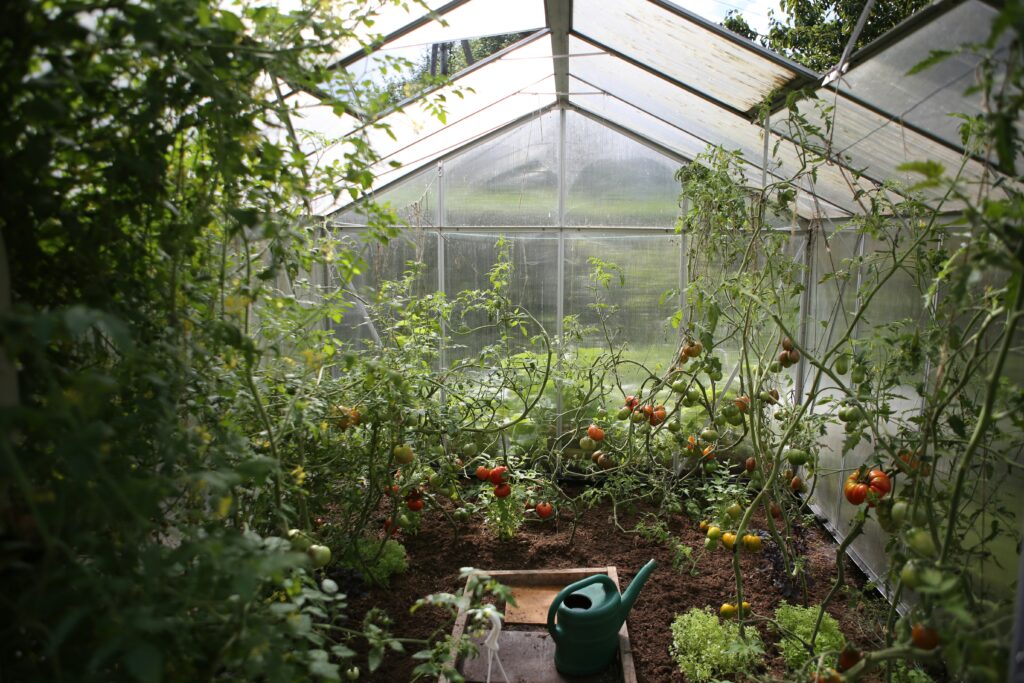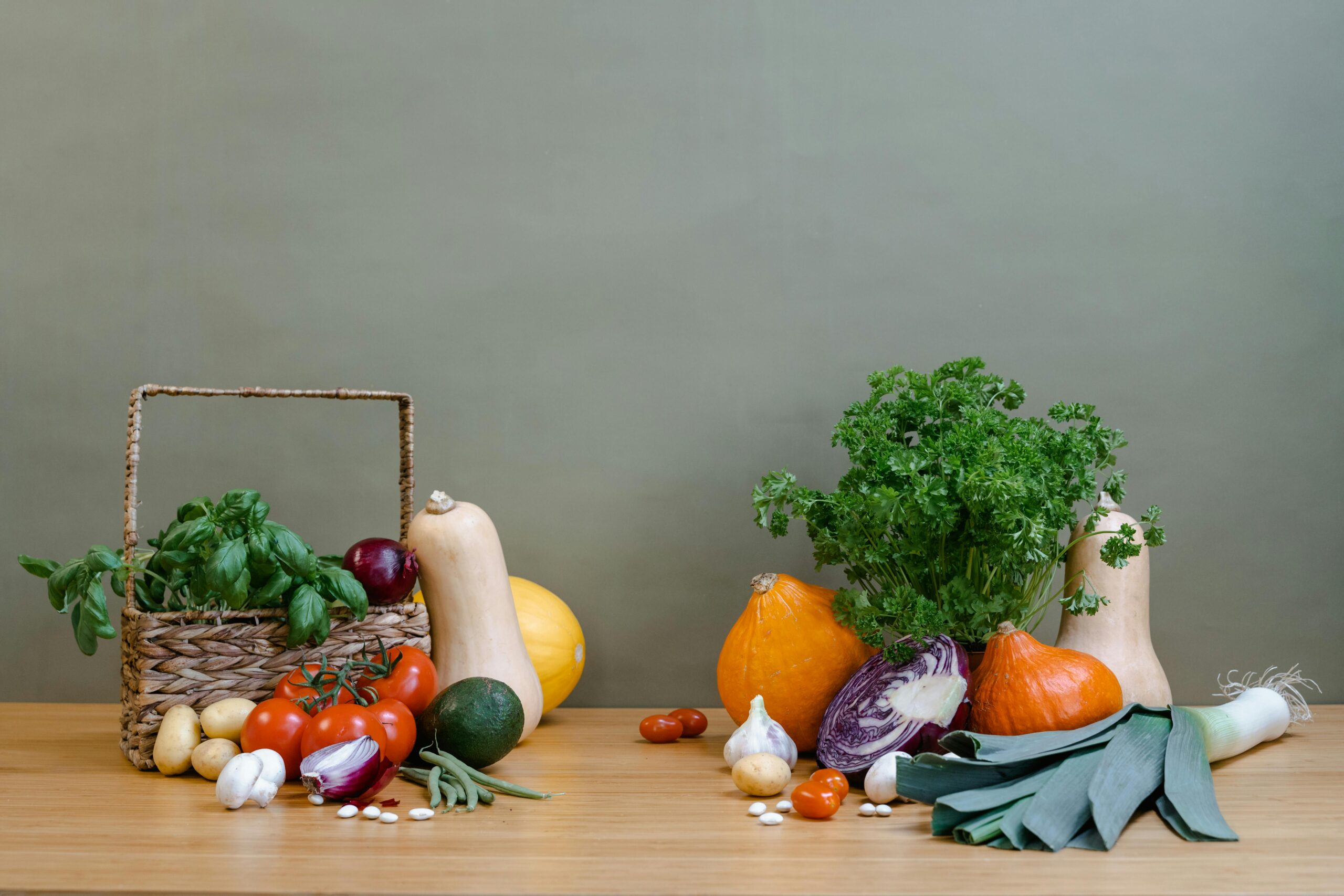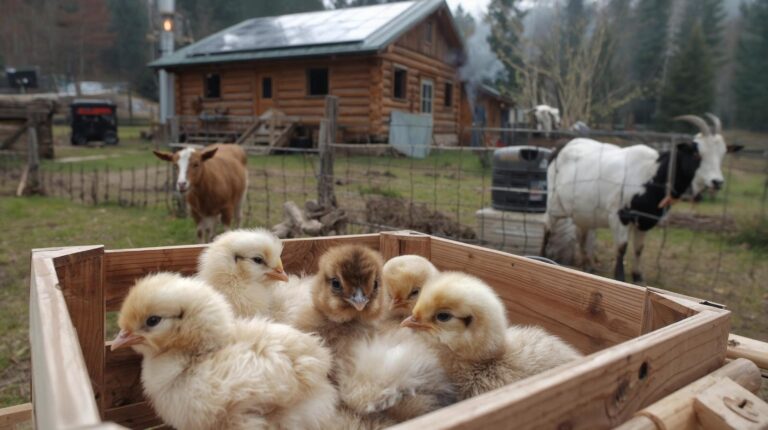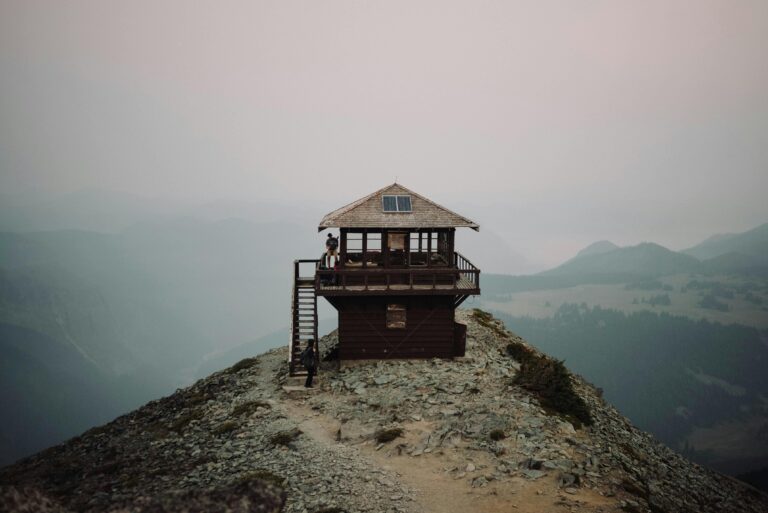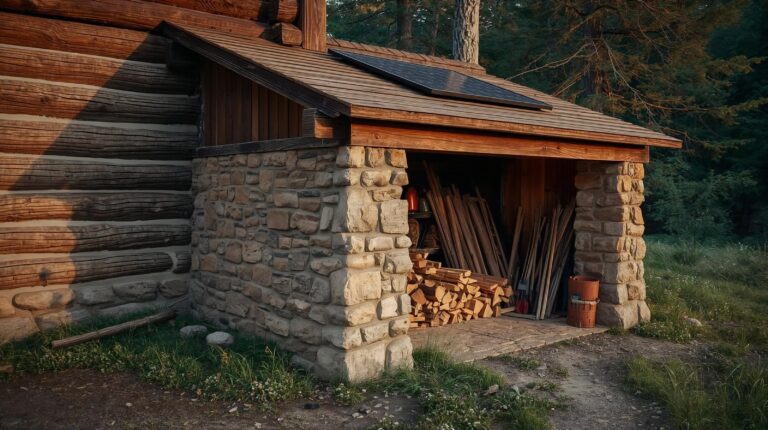How To Start A Productive Kitchen Garden: Grow Food In Any Space
Starting a kitchen garden is the fastest path to fresh, organic produce regardless of your homesteading experience or property size. From apartment balconies to suburban backyards, you can grow nutrient-dense food that slashes grocery bills and tastes infinitely better than store-bought alternatives.
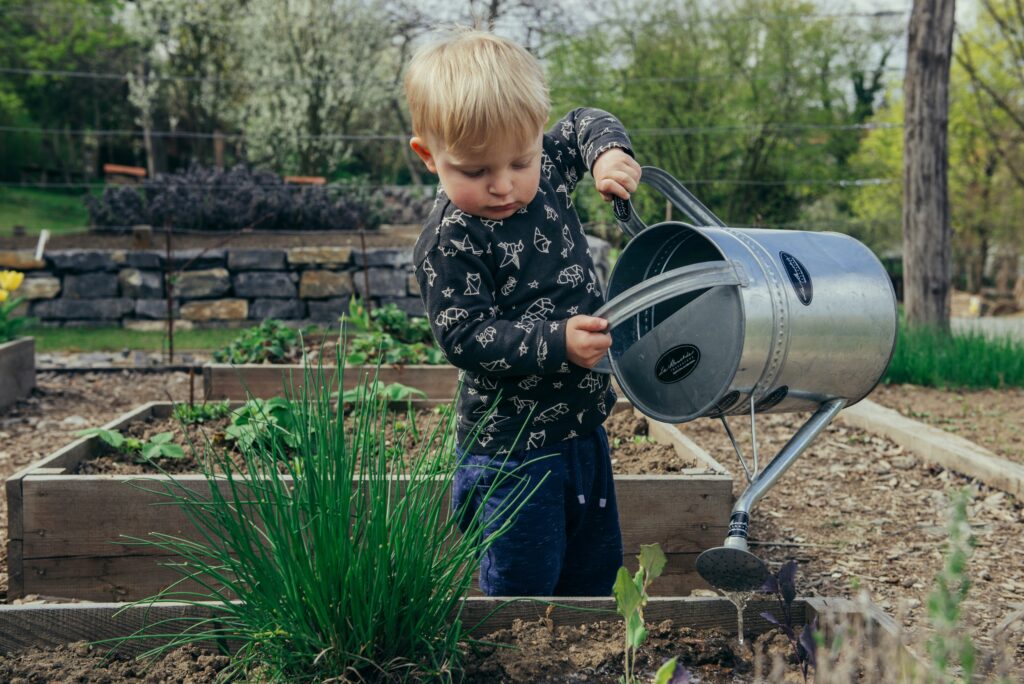
Container gardens, raised beds, or traditional in-ground plots each work for different situations and climates. The key is matching your space and time commitment to realistic expectations, then expanding as you gain confidence.
This guide covers soil preparation, crop selection for beginners, season extension techniques, and the most common mistakes that discourage new gardeners. Whether you’re in USDA zone 3 or zone 10, you can grow food successfully with the right approach.
Check Your Growing Zone and Frost Dates
Before buying seeds or plants, identify your USDA hardiness zone and average frost dates. These determine what grows successfully in your climate and when to plant.
Find your information:
- USDA Zone: Visit planthardiness.ars.usda.gov and enter your ZIP code
- Frost dates: Check your local extension office or almanac.com/gardening/frostdates
- Sun exposure: Observe your space—most vegetables need 6-8 hours direct sunlight
Climate-specific considerations:
- Short seasons (Zones 3-5): Focus on cold-hardy crops, use season extenders, start seeds indoors
- Hot summers (Zones 8-10): Provide afternoon shade, focus on heat-tolerant varieties, succession plant
- High desert: Drip irrigation essential, mulch heavily, choose drought-adapted varieties
- Humid regions: Space plants for airflow, choose disease-resistant varieties, avoid overhead watering
Microclimates matter: Your south-facing wall may be a zone warmer than your open yard. Observe sun patterns, wind exposure, and frost pockets before deciding where to plant.
Start Small: Choose Your Garden Style
New gardeners consistently overestimate how much space they can manage. Start with 50-100 square feet—roughly a 4×8 raised bed or several large containers. You can always expand next season.
Raised beds (recommended for beginners):
- Pros: Better soil control, improved drainage, easier on your back, extends growing season
- Cons: Initial cost ($100-300), requires quality soil mix
- Ideal size: 4 feet wide (arm’s reach from both sides), 8-12 feet long, 12-18 inches deep
- Best materials: Untreated cedar or composite (avoid pressure-treated lumber for food)
In-ground gardens:
- Pros: No construction needed, lowest cost, good for large-scale growing
- Cons: Requires soil improvement, harder to control weeds, may have drainage issues
- Preparation: Remove sod, amend with compost, test soil pH (most vegetables prefer 6.0-7.0)
Container gardens (urban/apartment):
- Pros: Maximum flexibility, portable, perfect for limited space, no bending
- Cons: Requires more frequent watering, limited root space, needs quality potting mix
- Container size guide: Tomatoes need 5+ gallons, peppers 3-5 gallons, herbs 1-2 gallons, lettuce 6-8 inches deep
Grow bags: Fabric grow bags ($5-15 each) prevent root circling, provide excellent drainage, and are reusable for years. Our top recommendation for beginners without building skills.
Select Beginner-Friendly Crops
Some vegetables practically grow themselves. Others demand precise conditions and constant attention. Stick with reliable producers for your first season.

Easiest crops for new gardeners:
- Lettuce and salad greens: Harvest in 30-45 days, tolerate partial shade, grow spring through fall
- Radishes: Ready in 25-30 days, mark rows for slower crops, perfect for kids
- Zucchini/summer squash: Prolific producers, nearly foolproof, one plant feeds a family
- Bush beans: No support needed, nitrogen-fixing (improves soil), consistent production
- Tomatoes (cherry varieties): More disease-resistant than full-size, heavy production, forgiving
- Herbs (basil, cilantro, parsley): High value, low maintenance, continuous harvest
Good intermediate crops:
- Peppers: Longer season than tomatoes but reliable once established
- Cucumbers: Vertical growing saves space, consistent production with regular watering
- Winter squash: Plant once in early summer, harvest in fall, stores for months
- Carrots: Direct sow, thin properly, harvest as needed
Save for next year:
- Melons: Space hogs, long season, picky about conditions
- Cauliflower: Timing-sensitive, bolts easily, many fail points
- Corn: Requires block planting (not rows), large space need, low yield per square foot
Hybrid vs. heirloom: Hybrids offer disease resistance and consistent performance—ideal for beginners. Save heirloom seed-saving for after you’ve mastered the basics.
Build Your Soil First
Gardening success is 80% soil quality. You can’t fix poor soil with expensive fertilizers or perfect watering schedules.
Soil components:
- Texture: Crumbly when squeezed, not clay clumps or pure sand
- Organic matter: 5-10% compost or aged manure mixed throughout
- Drainage: Water should soak in within 1-2 hours, not pool
- pH balance: Test with $10 kit from hardware store, adjust if needed
Building raised bed soil mix (by volume):
- 40% topsoil
- 40% compost
- 20% drainage material (perlite, vermiculite, or coarse sand)
For a 4x8x1 foot bed, that’s roughly 10 cubic feet total—plan for $75-150 in soil costs.
Container soil: Never use garden soil in pots—it compacts. Use quality potting mix designed for containers.
Improving in-ground soil:
- Add 2-4 inches of compost annually
- Cover crop in off-season (winter rye, clover, buckwheat)
- Avoid walking on growing areas (compaction ruins structure)
- Mulch heavily to feed soil organisms and retain moisture
Your chickens help here: Composted chicken manure is nitrogen-rich gold for gardens. Let it age 6-12 months before applying directly to vegetables. Fresh eggs and garden compost—chickens are the ultimate homestead multitaskers. Learn more in our backyard chickens guide.
Water Consistently, Not Constantly
More gardens fail from overwatering than underwatering. Vegetables need consistent moisture, not soggy soil.
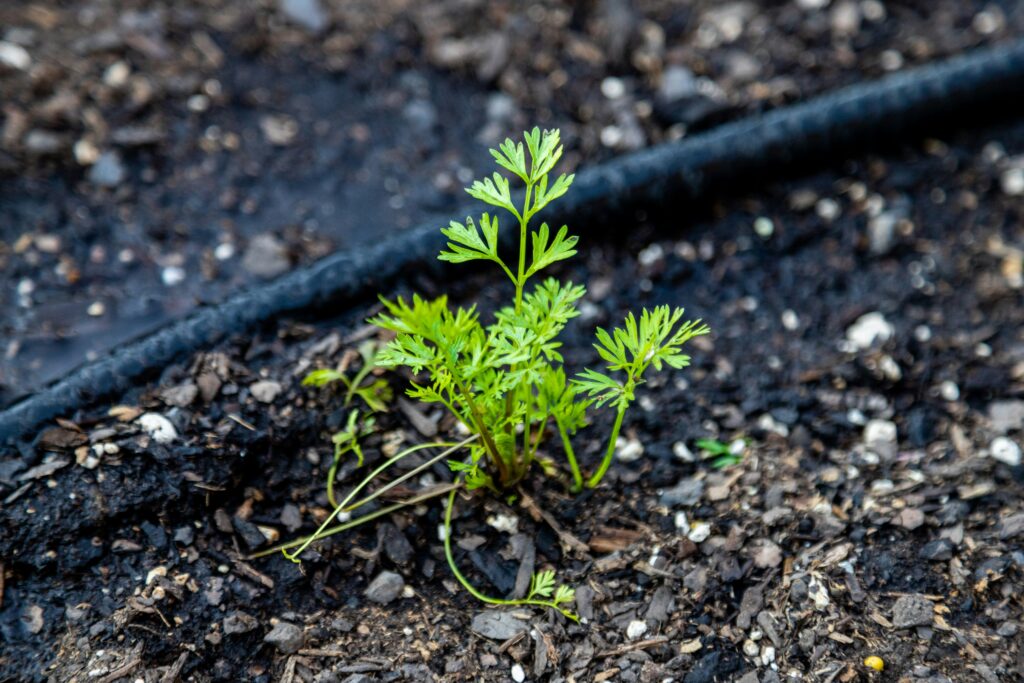
General watering rules:
- Frequency: 1-2 inches per week from rain or irrigation
- Timing: Early morning (reduces disease pressure)
- Method: Soil-level watering, not overhead sprinklers
- Testing: Stick finger 2-3 inches into soil—if dry, water; if moist, wait
Watering systems:
- Drip irrigation: Most efficient, waters roots directly, reduces weeds and disease ($50-150 setup)
- Soaker hoses: Good middle ground, simple installation ($20-40)
- Hand watering: Fine for small gardens, time-consuming for larger spaces
- Automatic timers: Worth every penny for consistency ($25-50)
Solar-powered irrigation timers reduce dependency on grid power. See our solar panel reviews for off-grid watering solutions.
Mulch saves water: 2-3 inches of straw, wood chips, or shredded leaves reduces watering needs by 30-50% and suppresses weeds.
Climate adaptations:
- Hot, dry regions: Mulch heavily, drip irrigation essential, consider ollas (buried clay pots)
- High rainfall areas: Focus on drainage, raised beds prevent waterlogging
- Humid climates: Water early, increase plant spacing, avoid wetting foliage
Extend Your Growing Season
Fresh produce in April and November separates casual gardeners from serious food growers.
Season extension tools:
- Row covers (frost blankets): Protect from frost, extend season 2-4 weeks, $20-40
- Cold frames: Bottomless boxes with glass/plastic tops, DIY or buy for $50-200
- Hoop houses/low tunnels: PVC hoops with plastic sheeting, easy weekend project
- Greenhouse: Significant investment ($200-5,000+) but year-round growing in most climates
Cool-season planting:
- Spring (4-6 weeks before last frost): Lettuce, peas, radishes, spinach, kale
- Fall (6-8 weeks before first frost): Same crops, often sweeter after frost
Many vegetables taste better after light frost—kale, Brussels sprouts, carrots. Plan succession plantings every 2-3 weeks for continuous harvest rather than feast-or-famine.
Avoid These Five Beginner Mistakes
1. Planting too early
Soil temperature matters more than air temperature. Cold, wet soil rots seeds and stunts growth. Wait until soil reaches 50-60°F for most crops (use a soil thermometer).
2. Overcrowding plants
Those tiny seedlings need space. Follow seed packet spacing recommendations—crowded plants compete for nutrients, airflow, and light. Thin ruthlessly.
3. Ignoring pest problems until it’s too late
Check plants weekly for pest damage. Hand-pick hornworms and beetles daily. Use row covers for cabbage family. Companion planting (marigolds, herbs) helps but isn’t magic.
4. Forgetting to harvest
Zucchini hidden for 3 days becomes a baseball bat. Regular harvesting encourages more production. Check daily during peak season.
5. Not keeping garden notes
Your memory lies. Record planting dates, varieties, yields, and what worked. Next year’s success depends on this year’s notes. Use a simple notebook or garden app.
Start Your First Garden This Season
Kitchen gardening isn’t complicated once you match realistic expectations to your available time and space. Start with a small bed or a few containers, choose proven crops, build good soil, and maintain consistent watering.
A 4×8 raised bed produces 50-80 pounds of vegetables in a season—easily worth $200-400 in grocery savings. As your skills grow, expand your garden and experiment with new crops.
For more guidance on self-sufficient living and off-grid preparation, explore our educational guides and product reviews to help you build your productive homestead.
